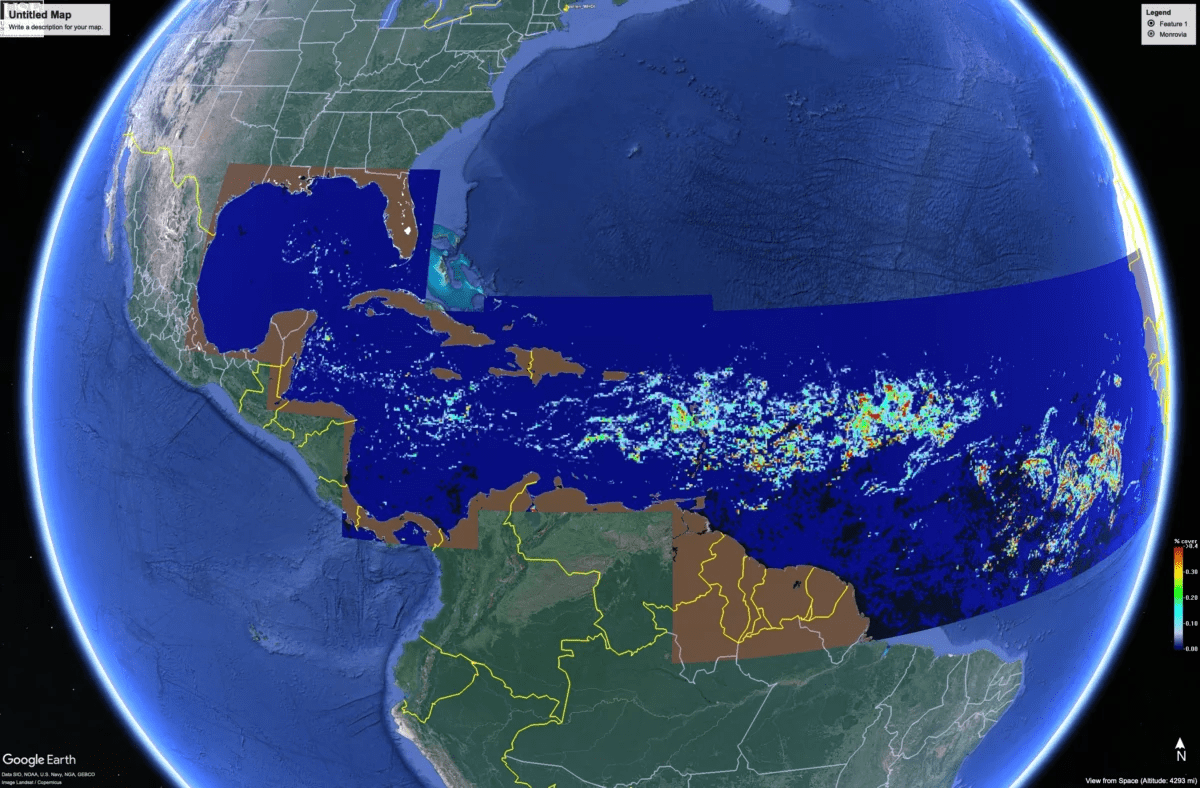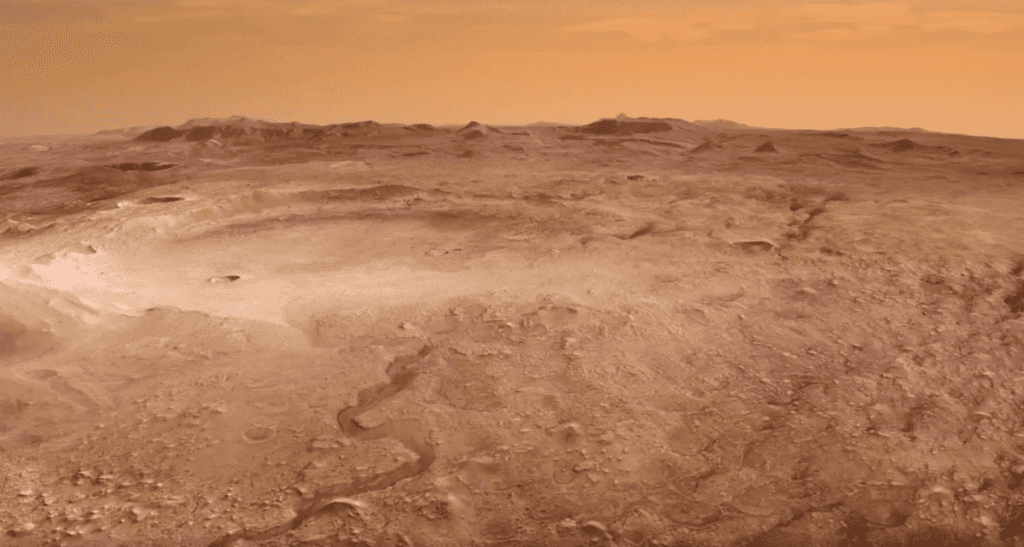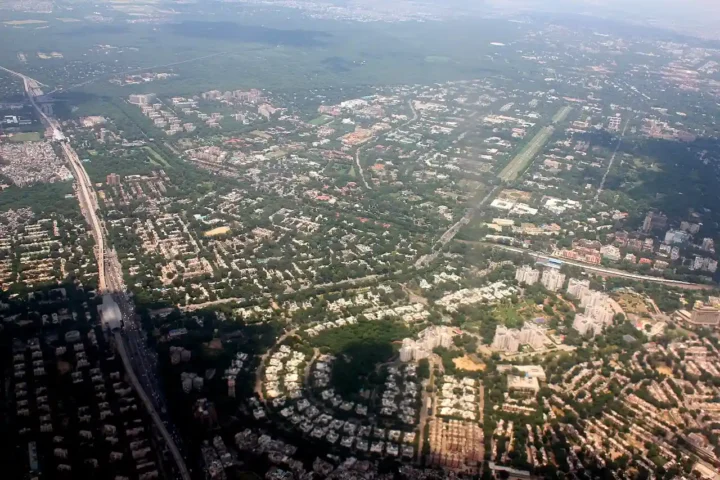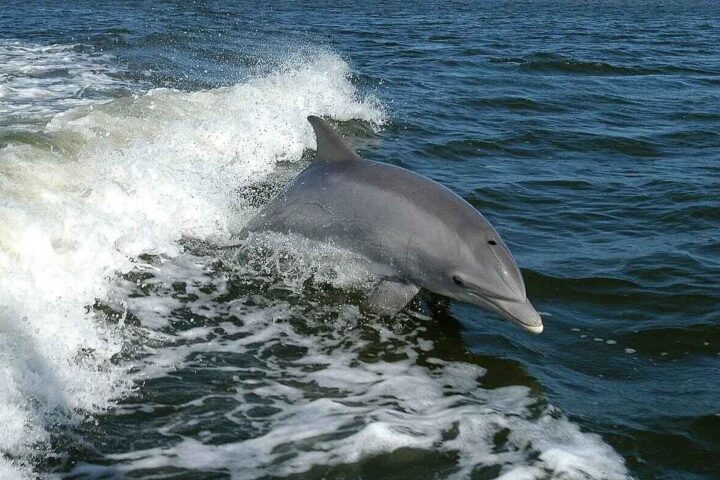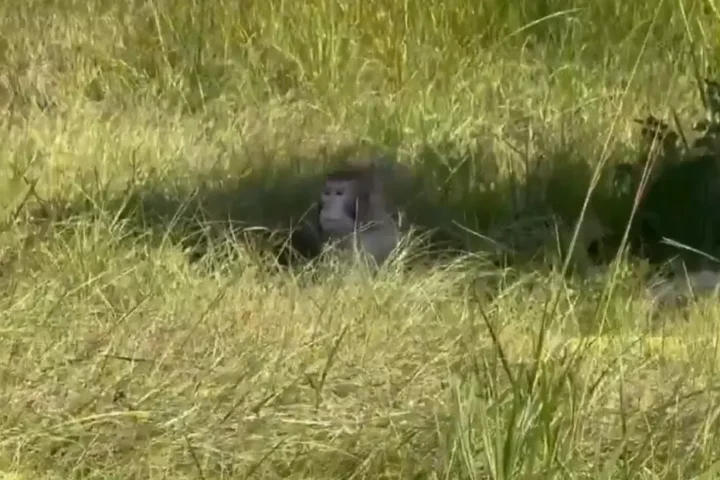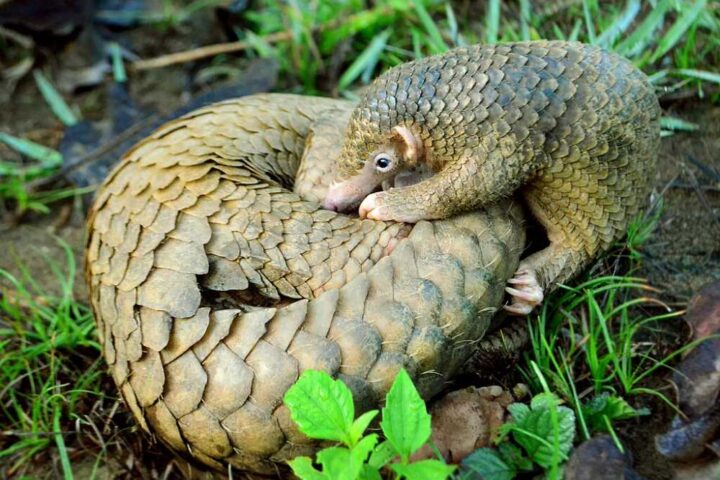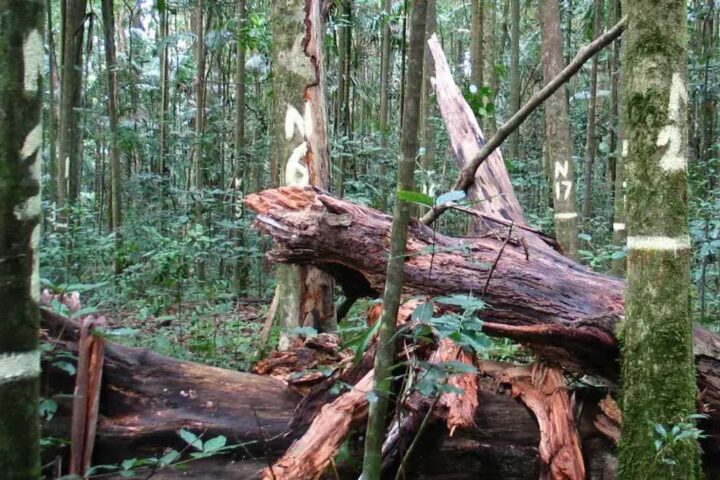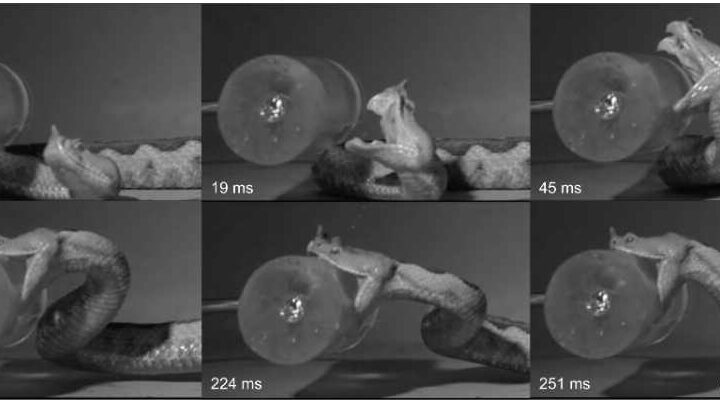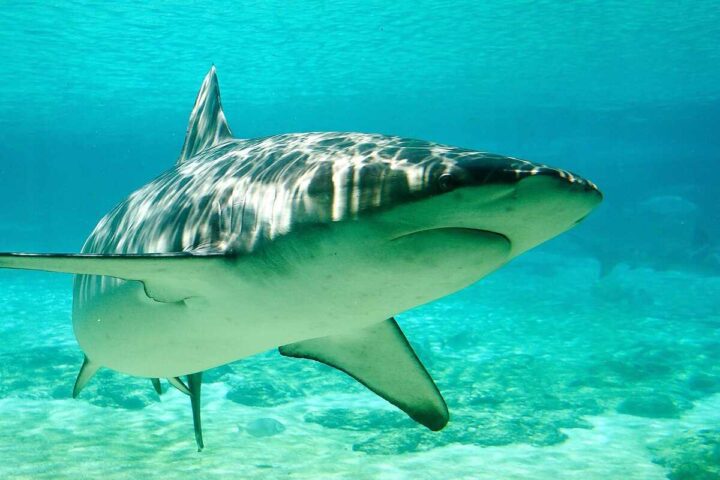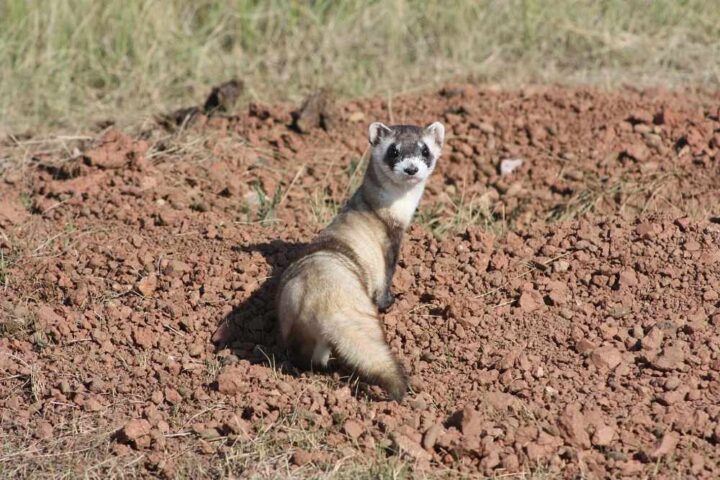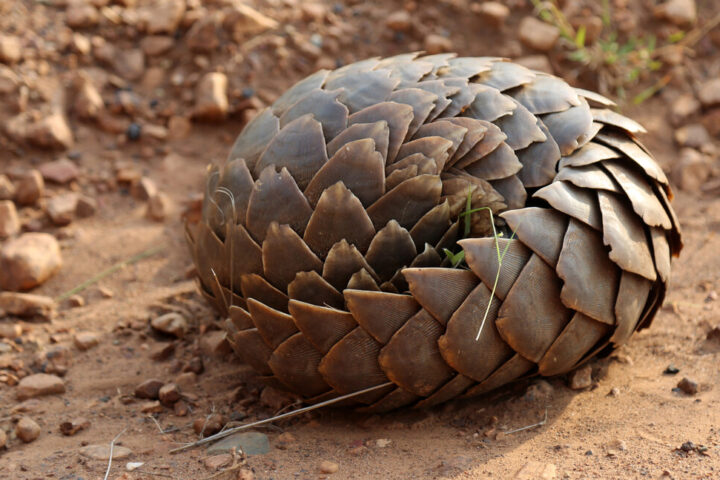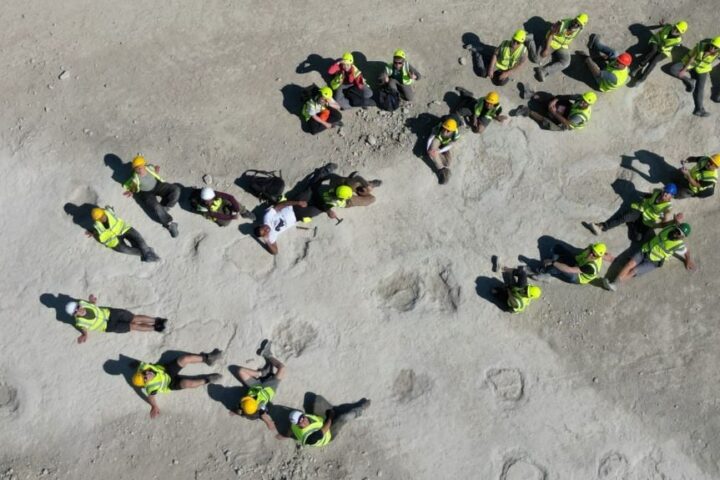A massive belt of seaweed called sargassum is expected to approach Florida and the Caribbean, causing numerous problems as it washes ashore. The Great Atlantic Sargassum Belt, spreading from West Africa to the Gulf of Mexico, is not something new. The satellite images captured in February showed an earlier start than usual. More images captured in March show the massive patch of the mass is still in deep Atlantic Ocean, but some bits are coming up into the Caribbean Sea and the Gulf of Mexico.
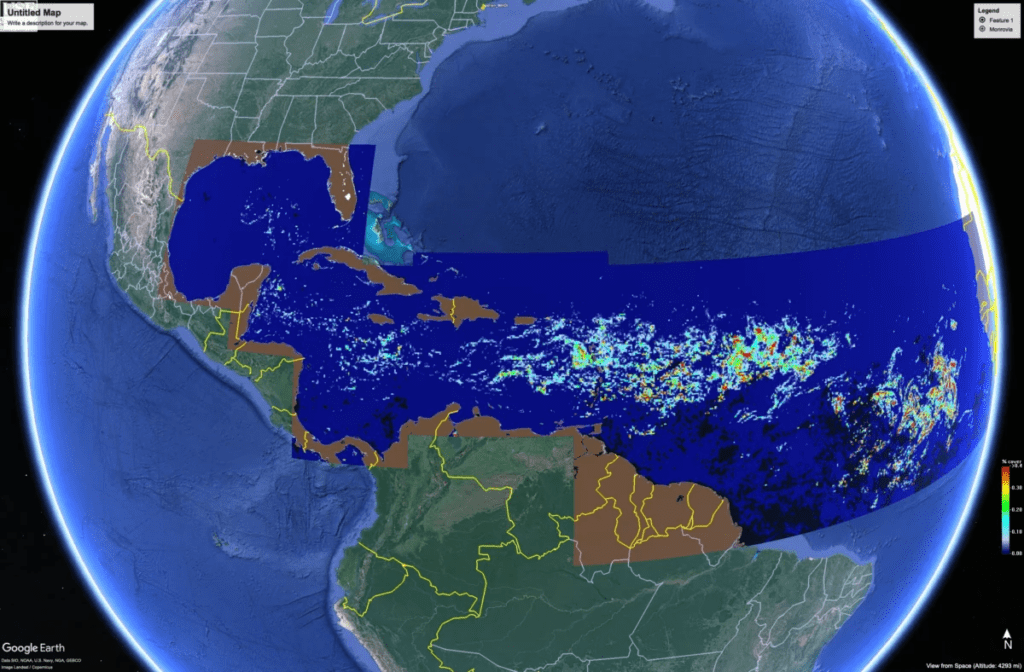
The belt is predicted to begin washing up to the coast in the next few months, primarily in the Caribbean Sea, South Florida, and the Yucatán Peninsula in Mexico. Sargassum is a thick, brown algae that stinks as it begins decaying and can cause breathing issues for some people. Cleaning beaches of settled sargassum is mostly a round-the-clock operation for hotels and resorts.
A few traces of the massive sargassum belt have already started washing up in Florida, and scientists are closely monitoring satellite imagery to identify areas of impact. Its complex movement is difficult to predict, and pinpointing the exact timing of the seaweed’s impact won’t be easy, but the washing-up rate will rise in late spring and early summer. Sargassum originates in the Sargasso Sea, a vast patch of the Atlantic Ocean off the southeast U.S. Which is an ideal breeding ground, along with food and habitat, for marine life.
Sargassum is not a continuous blob but a dynamic, constantly changing mass containing scattered patches of seaweed. Sargassum piles up on beaches and swiftly begins decomposing, releasing gases that smell like rotten eggs. In recent years, sargassum has created major problems for some Caribbean islands and Mexico’s Yucatán Peninsula in the spring and summer months.
- HVAC carbon filter achieves 92.1% efficiency while cutting building energy costs 21.6%
- Fish gill filter catches 99.6% of microplastics washing machines send into sewage systems
- How Credit Applications Affect Your Credit Score
- 57 wind blades turn car park façade in Europe’s first turbine-built facility
- Building a Healthier Narrative
Beach towns and hotels have struggled to keep up with the huge amounts of seaweed that wash ashore.
The cause of the rise in growth of the sargassum belt is not completely clear. Many claim agricultural runoff, warming waters, changes in wind patterns and sea currents, rainfall, drought, or dust from the Sahara Desert as some of the major causes.
